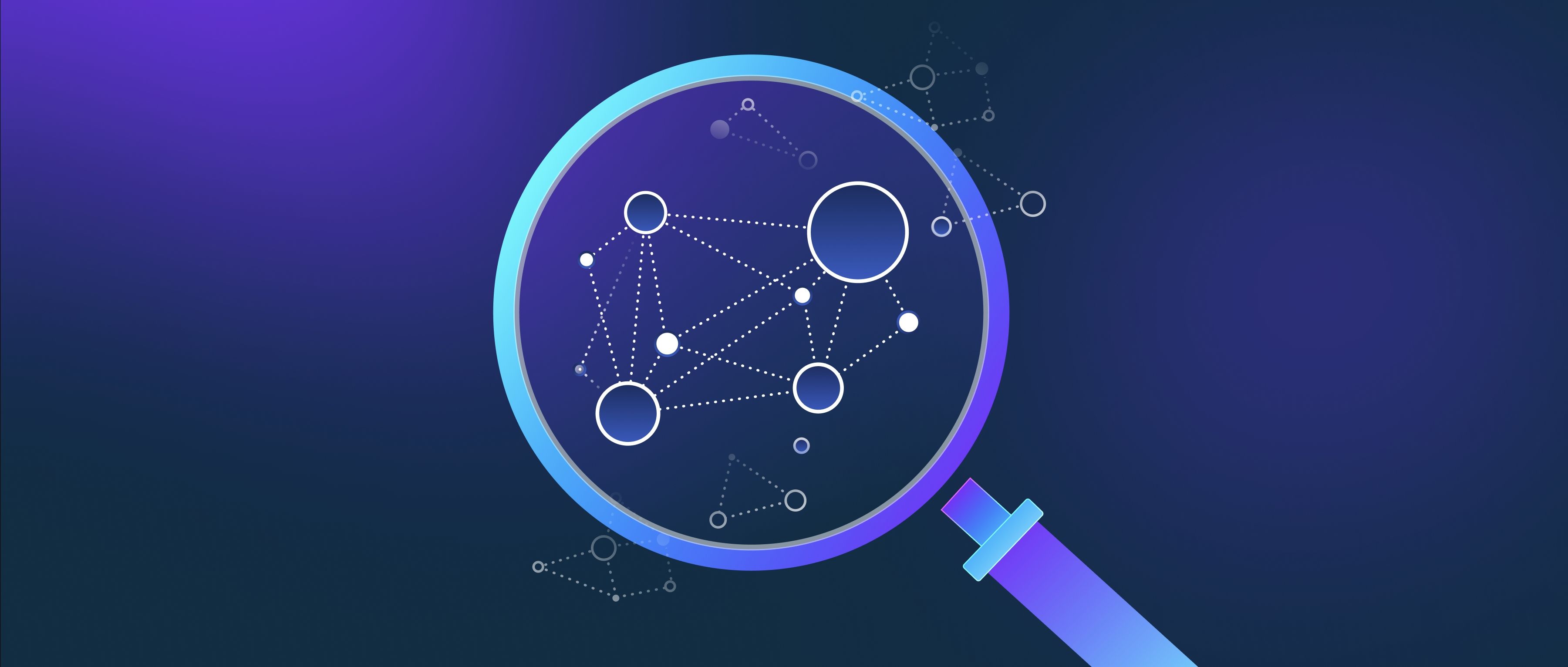OpenAI integrates with Microsoft tools in various ways, primarily through the Azure OpenAI Service and direct integration into Microsoft applications like Word and Excel. This collaboration allows developers and users to leverage advanced AI capabilities for various tasks, enhancing productivity and efficiency within familiar environments. For instance, businesses can use Azure to access OpenAI's models, which can be utilized for natural language processing tasks, such as generating text or understanding user intent.
In Microsoft applications, OpenAI's technology is incorporated into features like "Copilot." For example, in Word, it can help users draft documents by providing writing suggestions or summarizing long texts, enabling smoother content creation. In Excel, it can assist users in analyzing data by generating insights or suggesting formulas based on the context of the data being worked on. These integrations make it easier for users to access AI's benefits without needing deep technical expertise, allowing them to focus more on their tasks rather than learning new tools.
Developers can also benefit from the OpenAI models through the APIs provided by Azure. By using APIs, they can build applications that harness AI capabilities, such as chatbots that understand natural language or systems that automatically generate reports. This opens up a range of possibilities for software development, allowing for more intelligent applications that can handle complex tasks. Overall, OpenAI's integration with Microsoft tools provides a combination of accessible features for end-users and powerful APIs for developers, creating a comprehensive ecosystem for leveraging AI in practical applications.
